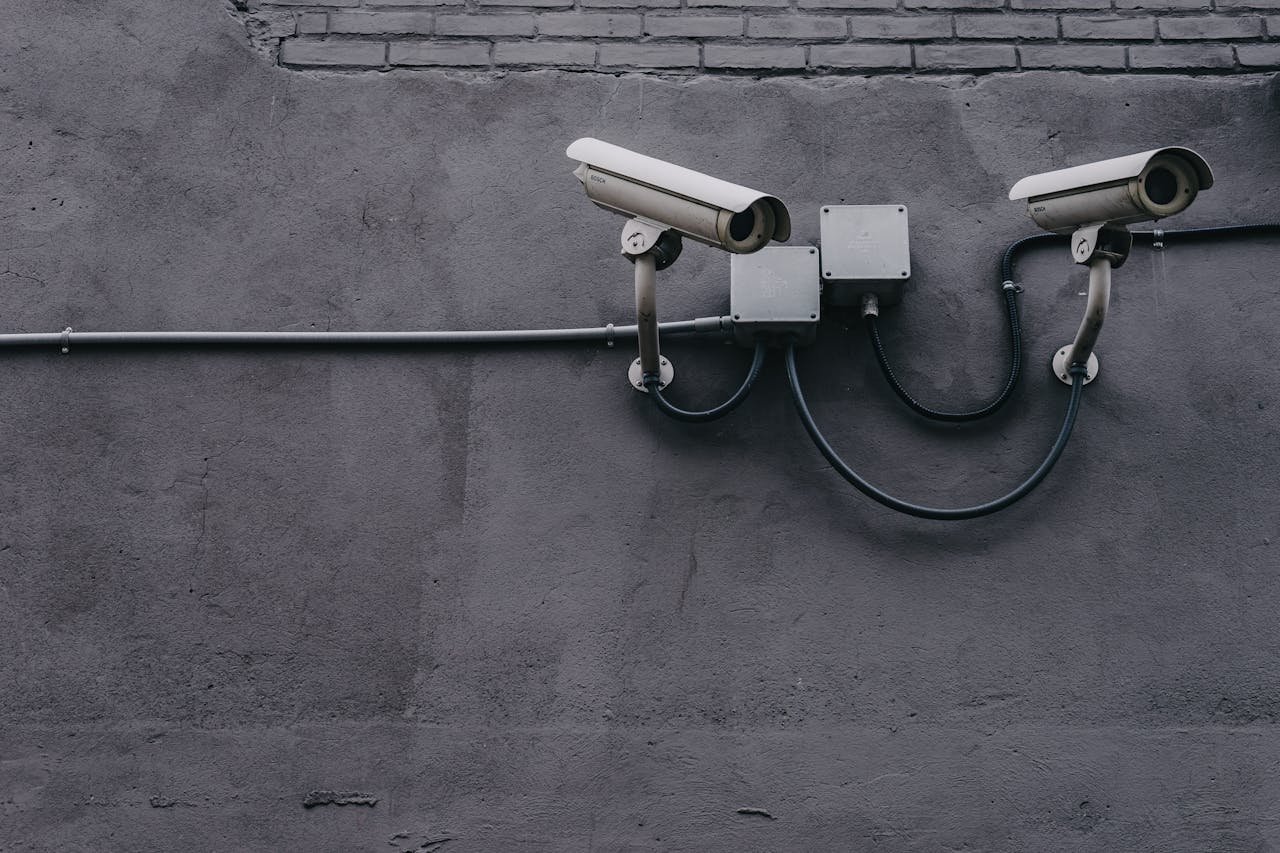From protecting your property to monitoring vital areas, a security camera system offers many advantages. While installation may seem challenging, beginners can handle it with the right guidance. Start with setting your goals first. Identify the areas that require the most monitoring. Then, select the appropriate cameras tailored to your requirements, whether indoor or outdoor these options exist. After buying the necessary equipment, it’s time for strategic camera placement ensuring maximum coverage while hiding them from potential thieves. Once fixed, configure these cameras along with a recording device or cloud service for properly storing footage. Finally, keep an eye on the system regularly and guard your setup for better security. This guide will help you through the procedure.
Step One: Determine Your Surveillance Needs
First, figure out why you want the surveillance systems. This helps protect your home, business, or any other important location. Carefully consider these factors before setting up your system. What areas need more attention? Think about outside spots like doors or garages. Don’t forget inside spaces, too. Take note of any blind corners.
You also have to think about the type of camera you want. Should it stand tough against weather changes or work well indoors? Another point to remember is whether you’ll be watching these cameras from far away using a phone or computer. Knowing all this helps you set up a strong system that serves your needs.
Step Two: Choose the Right Cameras
Next, you must pick the most suitable security camera systems for your setup. Start by checking the camera quality. High-definition options provide clearer images, making it easier to capture faces and small details. Consider the field of view. Cameras with a wider angle cover more area, reducing the number of devices needed.
Choose weatherproof variants to guarantee the camera can withstand various outdoor conditions. If low-light viewing is crucial, search for cameras equipped with night vision attributes. Additionally, if mobility is significant, consider installing movable cameras that alter direction remotely. Make your decision based on pricing and functionality as well; more affordable choices might fulfill basic needs well.
Step Three: Purchase Necessary Equipment
After deciding on the cameras to buy, it’s time to gather all the required gear. Start with purchasing your chosen security cameras. Also, get a Digital Video Recorder (DVR) or Network Video Recorder (NVR) compatible with your camera kind. These devices are quite important as they save video footage for viewing later on.
Remember also that you need to get hard drives for storage; if you want to save a lot of recordings, bigger-capacity ones are advised. Get cables like BNC or Ethernet along with power adapters to ensure proper connectivity. If you have wireless cameras, make sure you choose a robust router with comprehensive coverage throughout your space.
Step Four: Position the Cameras
Positioning your cameras correctly holds huge importance for optimal security coverage. Start by fixing outdoor cameras at heights that are hard for intruders to reach yet offer clear views of entry points and pathways. Indoors, position them in corners to ensure a broader view while evading any possible blind spots.
Remember to point the cameras toward places buzzing with activity for easy monitoring. Avoid placing cameras directly opposite windows, as glare may obscure footage. Moreover, take great care whilst securing each camera firmly so that its position remains unchanged, and it stays intact under any circumstance.
Step Five: Connect and Configure Your Cameras
If you’re not utilizing wireless options, start connecting every camera to its matching power supply and guarantee its connection to either DVR or NVR using the recommended cables. Follow manufacturer instructions to connect wireless devices to your Wi-Fi network.
Once linked, proceed to switch on your recording device; this step allows access to the camera feed on its interface. Adjust each camera’s settings, including its name, angle, and quality, via this interface at first. Set up motion alerts and recording schedules to ensure important activities are securely documented for future reference.
Step Six: Regularly Monitor and Secure Your System
Ensuring regular supervision of your security setup is important for preserving its functionality and safeguarding your property. Frequently check the live feed from your cameras along with recorded footage for any unusual happenings or breaches in security. Regularly review system settings and recordings to stay informed about activity around your property.
Quickly change passwords that are easy to guess and enhance privacy settings so no one else can access your system without permission. As soon as upgrades become available, update firmware; this strengthens your system against risks and provides the best performance always.
Conclusion
Getting a security camera system provides your home or loved ones with even an additional level of security. Start by identifying your needs before picking suitable equipment and properly installing each camera. Regular monitoring and maintenance improve safety and enhance incident documentation. Protecting your investment requires regular maintenance and system updates. Applying these basic principles will help you build a dependable surveillance setup that quickly answers all your security needs and offers peace of mind continuously.



































